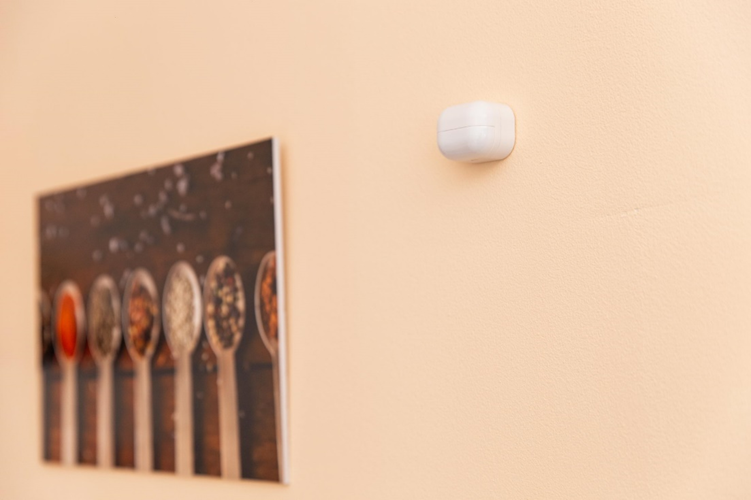Wireless and Wired Solutions in Smart Home – Which is Better?
- info240617
- Aug 12, 2024
- 3 min read
A few years ago, the answer to this question would have been obvious. Today, however, the choice is no longer so clear-cut. Many people are weighing the pros and cons of both options. In this short article, I will try to answer this question precisely so that you can make an informed decision if you are currently considering choosing a system and devices.
Wired Solutions – Advantages and Disadvantages
If I had to point out the greatest advantage of wired solutions, it would undoubtedly be the reliability of communication. Cables, although they may wear out over time, if installed correctly, will serve for many years, often until a major renovation of the building is carried out. Another advantage is higher data throughput, which can be crucial in certain applications. Wired systems are less susceptible to interference, making them an ideal choice in environments where immediate system response and operational certainty are required.
The main disadvantage of wired solutions is the high installation cost. This includes not only the purchase of large quantities of cables but also hiding them within the walls, which often requires significant labor. Hidden cables carry the risk of damage during future renovations, which can incur additional costs. Another drawback is the lack of flexibility – wired solutions are inherently less flexible. For example, if we planned a cable for a wired keyboard and later decided to move it, shortening or extending the cable would be necessary. Such problems can be avoided by using wireless solutions. Furthermore, wired installation is often tied to specific devices that usually remain with the building. This means that when moving, you will need to buy new devices for your new home.
Wireless Solutions – Advantages and Disadvantages
One of the greatest advantages of wireless devices is their mobility and flexibility in usage. They can be successfully used in older buildings, where replacing wiring could require a major renovation, as well as in newer ones, according to the client’s preferences. With the dynamic development of technology, the speed and bandwidth of wireless transmission are steadily increasing, to the point that the current capabilities of these devices often fully meet users' needs. This means that even in existing buildings, smart home systems can be implemented without the need to replace wiring. Does it work worse? If the system is properly designed and the devices do not encounter obstacles to the signal, the differences in operation may be virtually unnoticeable.
However, if devices encounter obstacles causing signal issues, we encounter the first significant drawback of wireless solutions. Wireless communication protocols such as Zigbee, Z-wave, or Matter strive to minimize these problems, mainly because each device permanently connected to the electrical network acts as a router, relaying signals further. This allows for the physical range of the system to be extended. However, this may involve slight delays when the signal has to be passed through several devices before reaching the processor. There are also many devices operating over Wi-Fi, but in this case, they do not have routing capabilities, so the home Wi-Fi network must be appropriately designed. Another disadvantage is that wireless devices are often installed in hard-to-reach places from the user's point of view (e.g., in-wall), which makes them difficult to view and service. They can also heat up, so it’s a good idea to have the ability to monitor their temperature. As for battery-powered devices, the problem may be the need to replace the batteries – some devices require battery replacement every few months, others every few years. In the latter case, it’s not burdensome, but in the former... well, it can be a bit inconvenient. Much depends on the device’s characteristics and communication method – for example, Wi-Fi requires more energy consumption than Zigbee, Z-wave, or Matter. Therefore, the decision to choose devices should be carefully considered.
Conclusion
So, can we definitively state which solution is better? Yes.
If you are building a new structure or undergoing a major renovation of an existing one, wired solutions will be the more practical choice in terms of system operation, as well as minimizing potential issues and the need for servicing.
However, in many cases, wireless solutions will be the only option available. As shown, this does not mean that they will be worse, especially considering the rapid development of technology and the wide range of available wireless devices. So if you’re hesitant to use wireless devices – don’t be. When opting for wireless solutions, it’s crucial to ensure that device signals are not interfered with, enabling the entire system to function smoothly. Contact us if you would like us to design and implement a smart home system in your home.






Comments